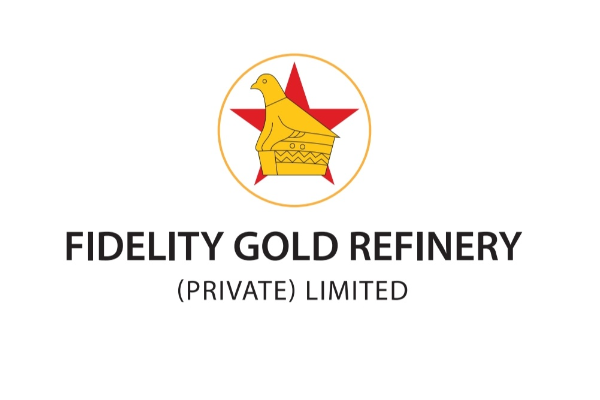Surge in Gold Prices Fuels Growth of Mining Sector

According to research and stockbroking firm IH Securities, the rise in gold prices has led to increased foreign currency inflows this year, with export receipts growing by 9.5% from US$5.6 billion in the first half of 2023 to US$6.2 billion in the same period of 2024.
By Ryan Chigoche
In its Year-to-Date Equity Strategy Review, the firm highlighted that mineral exports contributed 65% of the country’s total export revenues in the first half of the year, underscoring the sector’s vital role in the economy.
The mining industry is a significant economic driver, representing 13% of the GDP and providing employment for more than 50,000 people.
Gold deliveries to Fidelity Gold Refinery (FGR) were 7.2% higher in the first nine months of 2024, reaching 24 tonnes compared to the previous year. Fidelity anticipates receiving an additional 11 tonnes by the end of the year, bringing the annual total to 35 tonnes.
However, other sectors within mining have faced challenges due to falling commodity prices. Platinum producers, for example, have been forced to adopt cost-cutting measures. A steady decline in the prices of key metals like lithium and platinum group metals, driven by reduced economic activity in China and other developed markets, has raised concerns about the profitability of local mining ventures.
This downturn has led some mining companies, including well-established ones that previously focused on lucrative metals, to initiate staff layoffs.
In the case of platinum, IH Securities noted that Kuvimba Mining House is considering budget reductions for its Darwendale Platinum Project, and national platinum production is expected to decrease slightly by 1% in 2024 to 504,000 ounces due to operational difficulties and low prices.
Similarly, lithium operations have been impacted by weaker prices, prompting companies like Bikita Minerals to halt production at one of their plants.
The surge in gold prices has had a transformative effect on the mining sector, with gold continuing to be the standout performer among minerals. As global economic uncertainty and inflationary pressures drive investor demand for the precious metal, the rise in gold prices has provided a much-needed boost to the local economy. The increase in gold deliveries and the projected rise in output by Fidelity, a key player in the sector, highlights the potential for further growth in this area. Gold remains one of the most reliable hedges against inflation and market volatility, which is why it continues to attract both domestic and foreign investments, contributing significantly to export revenues.
Despite the challenges other minerals are facing, the broader outlook for the mining sector remains cautiously optimistic. The continued importance of minerals like gold, lithium, and platinum underscores the need for the country to maintain competitive mining practices and invest in innovation.
For example, advancements in sustainable mining technologies, as well as improved exploration and extraction methods, could help mitigate some of the financial risks faced by the sector.
Additionally, stronger regulatory support and better infrastructure for the mining industry could attract further foreign investment, potentially stabilizing the sector in the long run and fostering a more resilient economy. As the global demand for minerals evolves, the ability of Zimbabwe’s mining industry to adapt to market conditions will be key to its future growth and success.


